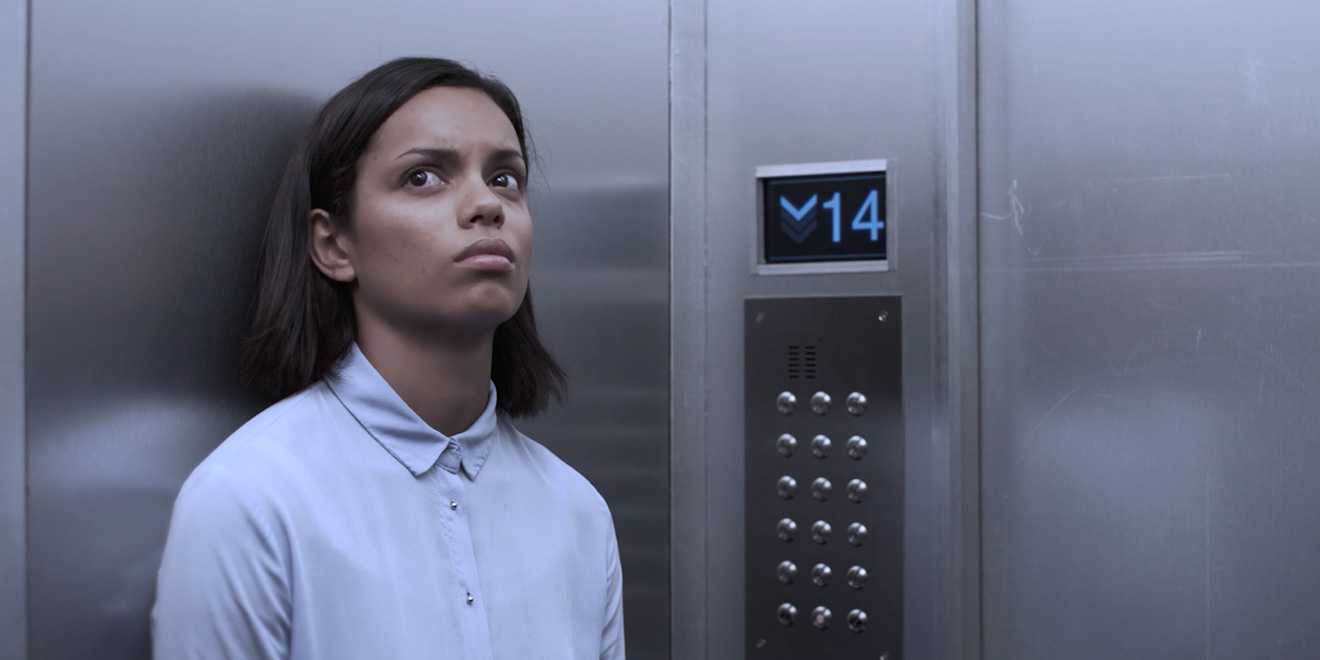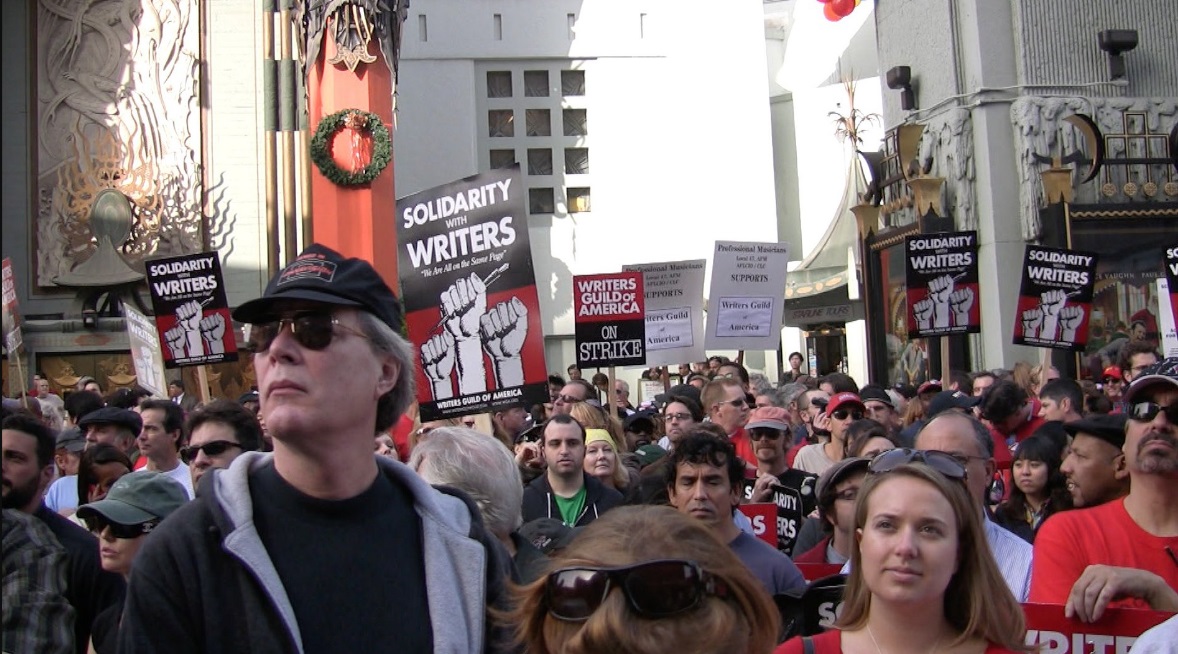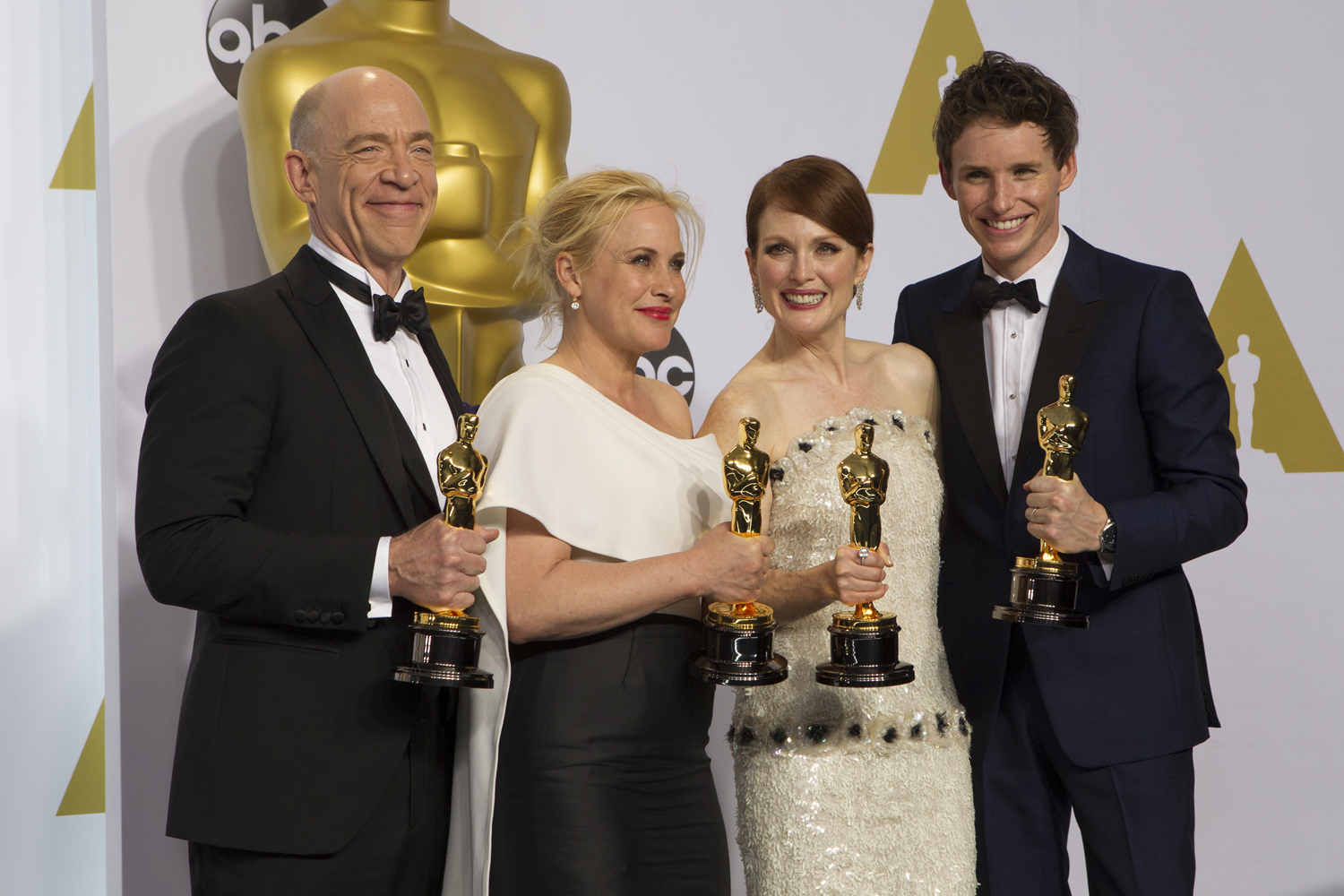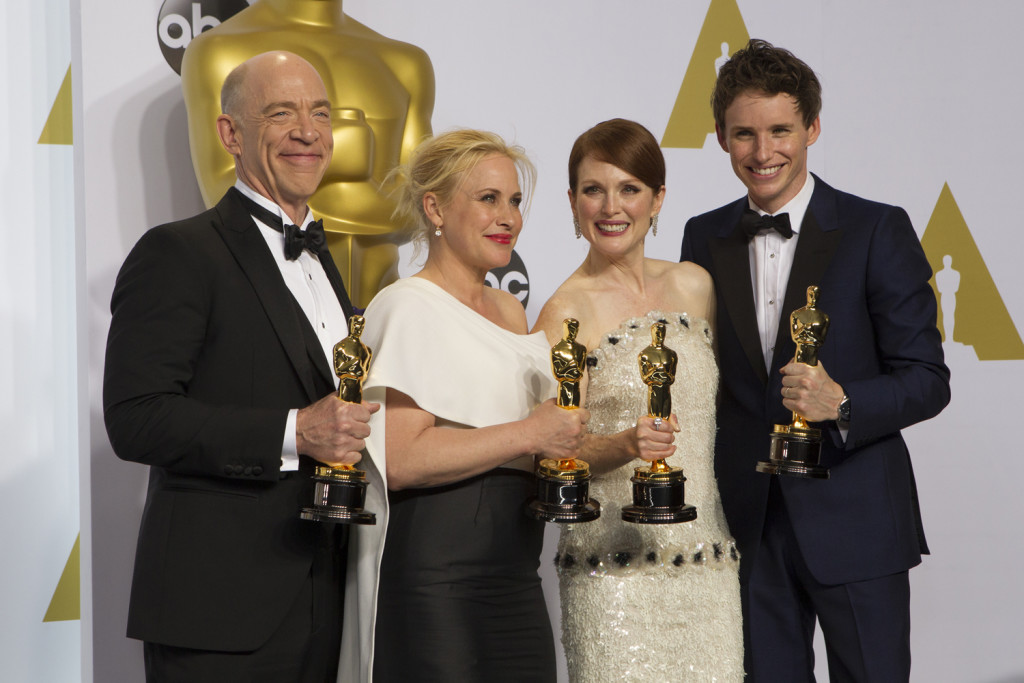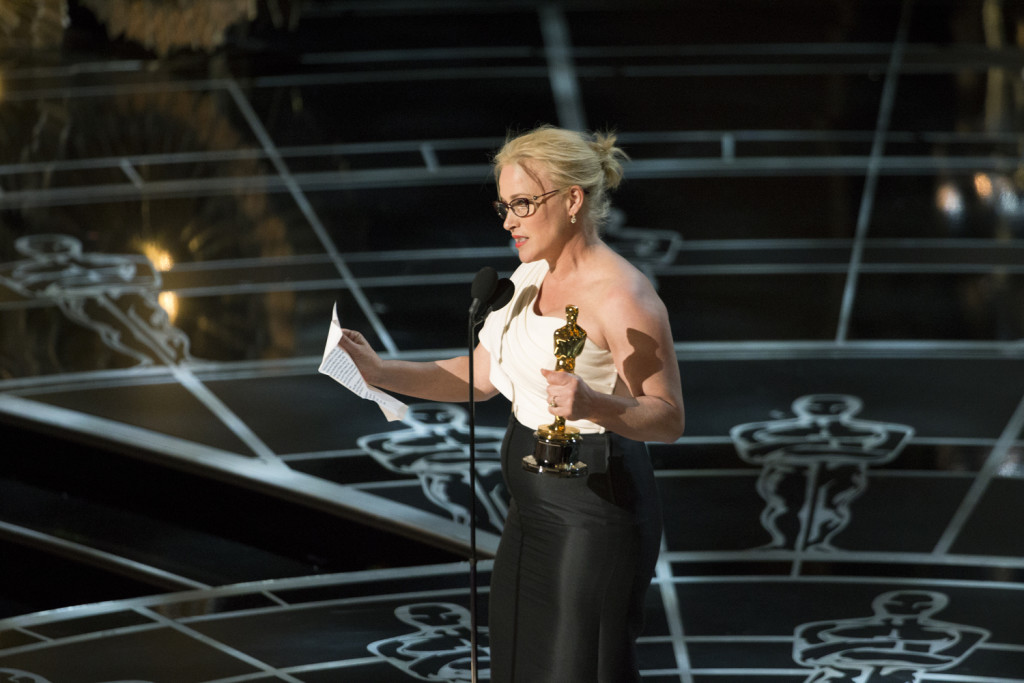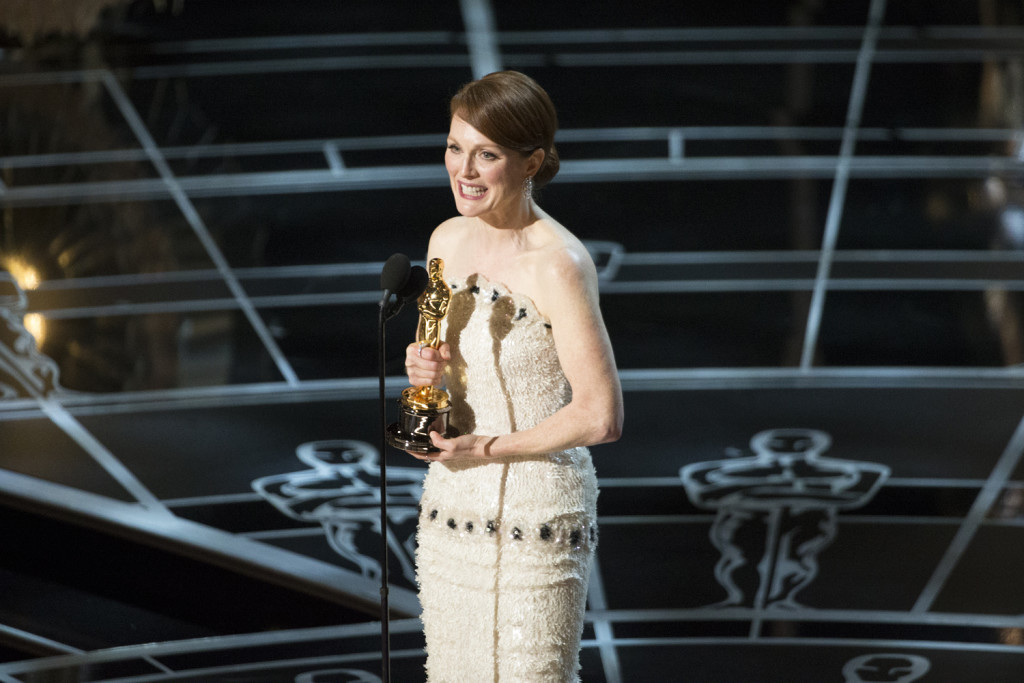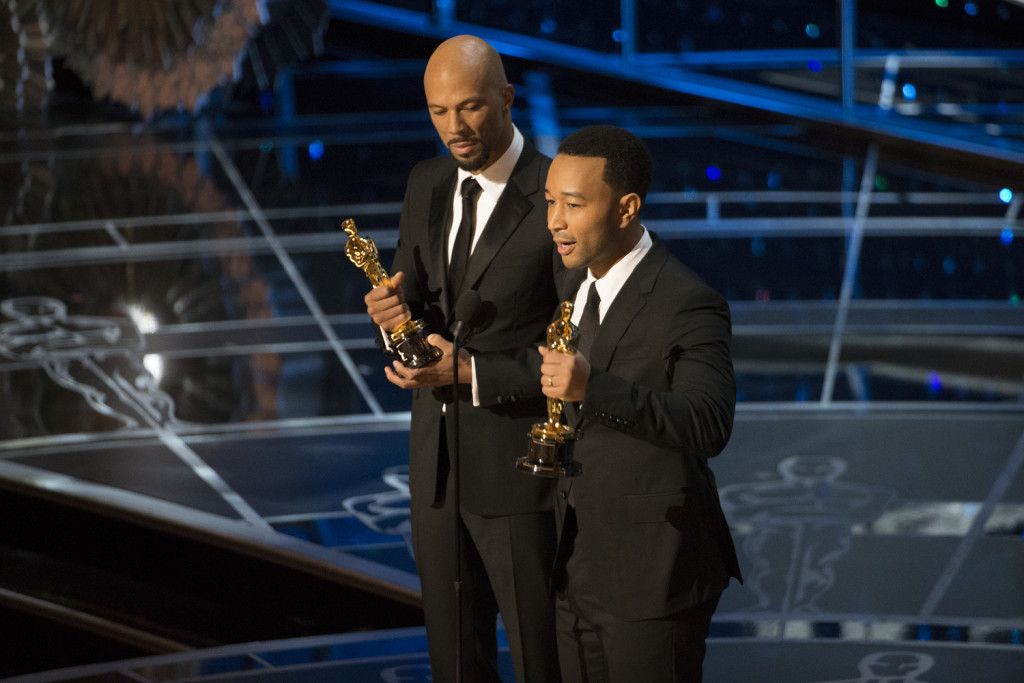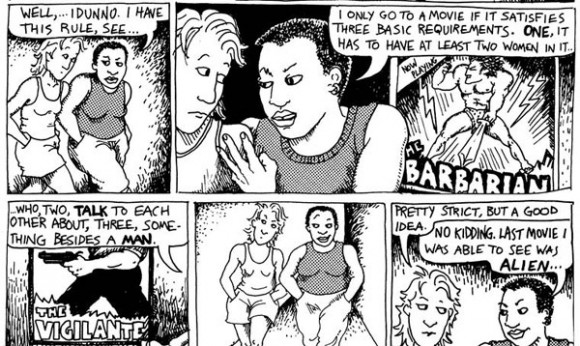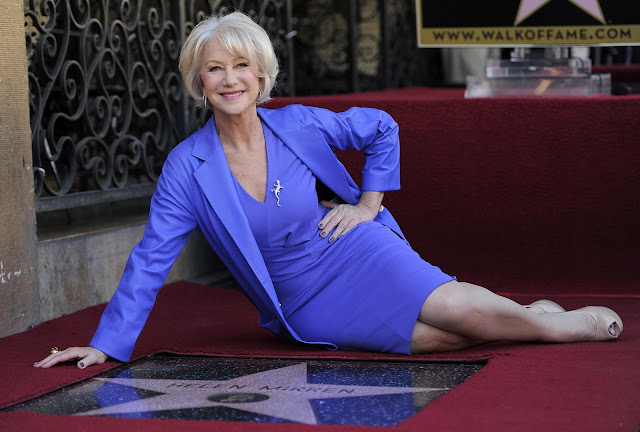This guest post written by Lisette Voytko appears as part of our theme week on Women in Horror.
If you’re anything like me and millions of Americans, you tuned into the Yankees v. Indians ALDS game on Wednesday evening, October 11th. Despite the Yankees’ incredible comeback win, one commercial break might have left you fraught with tension.
Skittles, a brand that’s no stranger to oddball advertising, chose that night to debut the latest in Mars’ #BiteSizeHorror campaign, called “Floor 9.5.”
Skittles TV Commercial, ‘FOX: Bite Size Horror’
Running a full two minutes, instead of the usual 30-second slot reserved for commercials, viewers follow an unnamed female office worker on her way home from the office. Did you watch it? Good.
Because, broken down, frame by frame, the two-minute spot is a microcosm of what it’s like to live in the U.S. today. Here’s how it works: We open on our protagonist (Georgina Campbell, “the first Black actress to win a BAFTA“), a 20-something Black woman. It’s nighttime; she’s on her way home from a long day at the office. The clock strikes midnight.
We get a full-body glimpse of our protagonist, getting into the elevator. She’s carrying a heavy tote bag, and an office-appropriate trench coat. Notable here are her shoes: athletic trainers indicative of commuters everywhere. Judging by her lack of blazer, high heels, or other “power” attire, it’s safe to assume she’s a lower-level corporate denizen. She’s probably ambitious, given that she put in a ridiculously long day, and her exhaustion clearly shows.
Our protagonist steps into the elevator, and we get a good look at her haircut and blouse. Her hair is the kind of bob made popular by Taylor Swift. Her blouse is buttoned to the top button, a common styling choice for young urbanites. You could easily picture her hanging out at Coachella, or having after-work drinks at a hip bar. You can imagine she’s still paying off her student loans, having obtained a degree at a pricey private university in order to land her current job.
The elevator goes haywire, stranding our protagonist onto a Being John Malkovich-ish floor existing between levels 9 and 10. The doors open. A bald white man, dressed in a black suit, faces away from the camera.
“I need your help,” he says in a low voice. “I need your help.”
“What?” asks the protagonist, stepping out of the elevator.
This exchange, although quite basic, is reminiscent of the existing power dynamic between American men and women at work. But let’s go back to what the man is wearing. His suit is considered power attire, and by its formal nature, indicates he’s higher up on the corporate ladder than the protagonist. His baldness indicates that he’s probably older, which typically means he’s higher-ranking. And men are more likely to be promoted at work, and to sit in the C-suite. 30% more likely, in fact.
Keeping all of this in mind, the protagonist gets out of the elevator to help. Because it’s in her nature to do so. And the man directly asks for her help, because it’s in his nature do so, too. Although there are always exceptions to the rule, of course. And these gendered behaviors may be a result of socialization, or socialization in conjunction with nature. Here, she’s trying to help him. She wants to see his face, and understand why he’s here, and why he’s acting so strangely. He asks her to turn around, and she complies. Because, again, she wants to help (and get the hell out of there, too.) But the difference between these two people never becomes more apparent than this frame of their legs, turning in tandem. Her commuter shoes and cropped slacks are in contrast with the man’s suit trousers and highly-polished loafers. Those loafers look expensive, don’t you think?
A study conducted by the University of Zürich found “women were more likely to get a dopamine rush when doing something for others, while men are more likely to do so when they are acting in their own self-interest.” We cut to a wide shot of the man, having successfully convinced the protagonist to turn around, dashing towards the elevator – towards his presumed freedom. “I’m sorry!” he shouts, before the elevator doors close in the protagonist’s face. She’s stranded. And she looks terrified.
Women tend to apologize more than men, although the impetus behind each gender’s mea culpas are quite different. Women say sorry in an attempt to appear more likable, while men will do so in recognition of inconveniencing another. The man, by stranding our protagonist, has certainly inconvenienced her by acting in his own self-interest. That’s an apology well-warranted. And, you have to wonder: why didn’t he grab her hand on his run back to the elevator? Perhaps, even in dire circumstances, white male privilege still reigns.
Our final frame leaves our protagonist where the bald man started. “I need your help,” she says to the next victim: a bespectacled white man in shirt sleeves and a tie. Due to the gender wage gap, which especially impedes Black women and Latina women, he probably earns more money than our protagonist and he may have a higher position, too. And we know that she’s about to have her revenge, perpetuating the cycle on floor 9.5. Or maybe she won’t? Who’s to say the bespectacled man won’t just leave her there, standing still, frozen in perpetuity?
And why is this happening, in this specific office building? What is the purpose? Where is this sort of demonic possession coming from? And what happens to each victim after they screw over their successor?
There are many circumstances, specific to American culture in 2017’s place and time, that allegorize this story. For example:
- Why this office building? Well, Americans are working longer hours than ever. Perhaps this is the price you pay for giving your life away to a corporation.
- What’s the purpose of this? Americans are scientifically proven to be selfish.
- Because of the gender wage gap in the U.S., women are paid 80% of what men make. Black women are paid 63% and Latina women are paid 54% of what white men make.
- What happens to each victim? Assuming the elevator returns victims to their normal, 9-to-5 life, it’s not hard to believe they would go about their days with a higher degree of distrust and isolation than before. It’s symptomatic of the divisive political atmosphere permeating the U.S. since the 2016 election.
Director Toby Meakins told AdWeek that the concept of the “loop/hell,” that he and writer Simon Allen collaborated on, is “intended to be a metaphor for modern working life.” Meakins said that they wanted the ad to evoke Black Mirror as well as a “short Kafkaesque nightmare.”
But the “Kakfaesque nightmare” is the reality of social, political, and economic issues affecting society, imprinted on Americans’ collective unconscious. This commercial illustrates how deep the nightmare goes; that inequalities exist in the most dire, uncertain circumstances. And women are suffering the most for it. If our protagonist can’t be saved by her colleagues from an everlasting loop of hell, how can our entire gender at large expect fair, equitable treatment? Like it or not, #BiteSizeHorror is a bite-size slice of the current turbulence in American society.
Lisette Voytko is a freelance journalist living in Brooklyn, New York. Her work has appeared in Thrillist, The Video Game History Foundation, xoJane, Femsplain, and Task & Purpose. Find her on Twitter @lisettevoytko.
